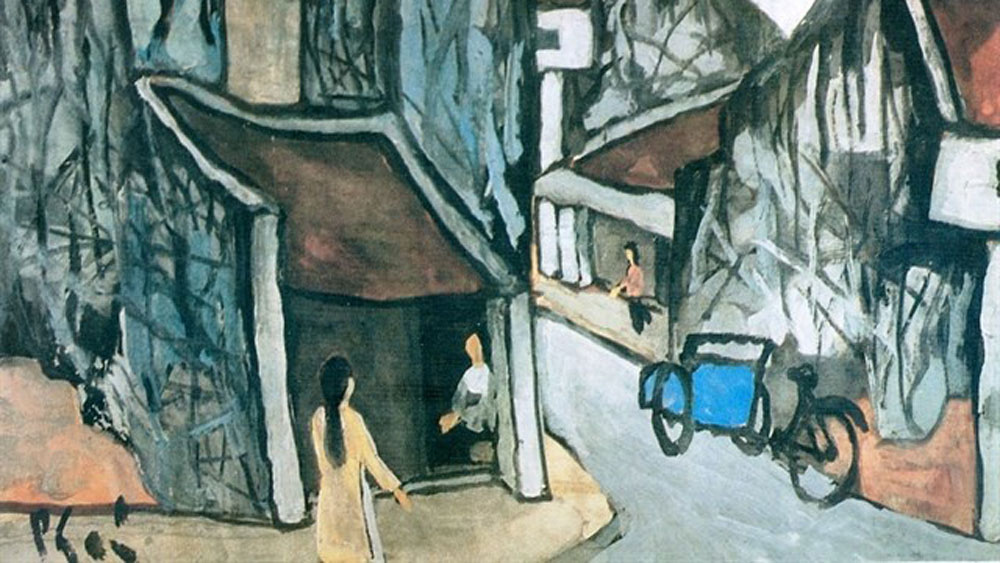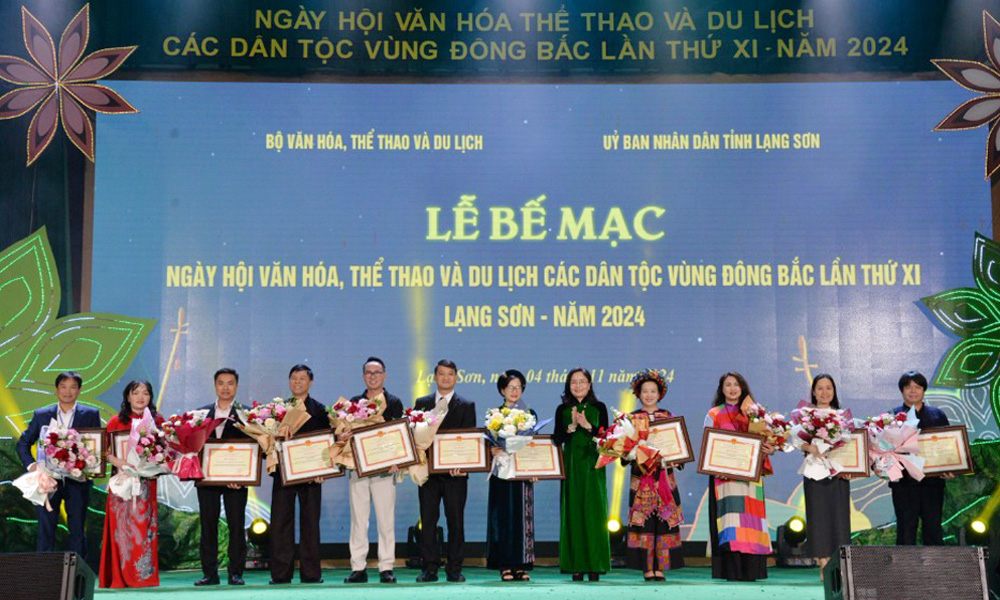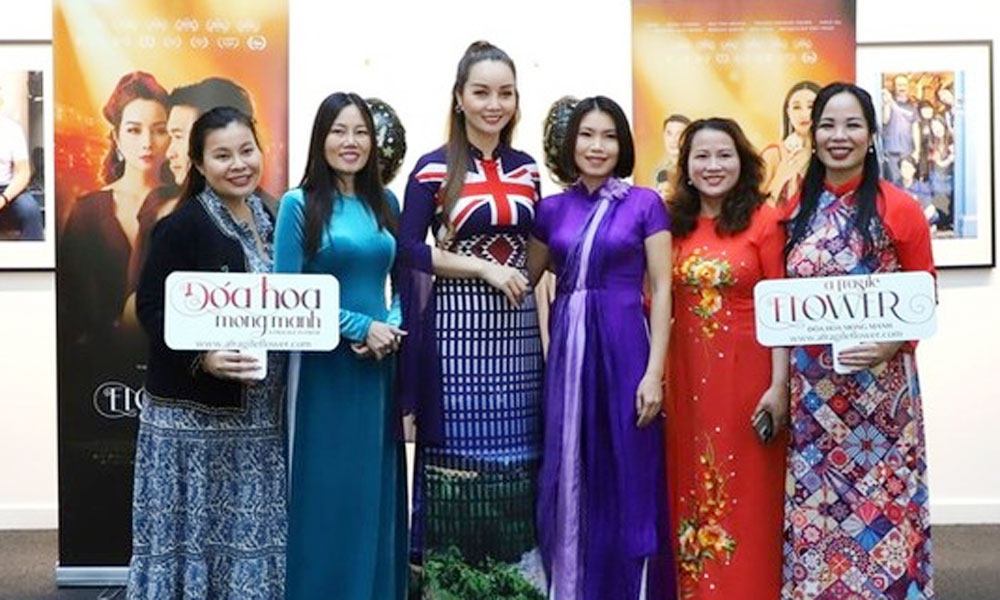Art data bank to help authentication work
That’s a common idea shared by dozens of participants at a workshop held on July 18 the task of authenticating fine art and photographic works.
The event, which was hosted by the Ministry of Culture, Sports and Tourism’s Fine Arts, Photography and Exhibition Department, was attended by culture managers, painters, photographers, fine art and photography researchers.
 |
|
A painting of Hanoi's Old Quarter by Bui Xuan Phai, whose paintings have been copied and sold at high prices in and outside the country. |
Thanh admitted that the task of checking authenticity of fine art works is challenging, including the lack of proper legal articles on the task.
The centre has no proper equipment, so the task relies on human beings and machines owned by the Ministry of Public Security’s Criminal Science Institute.
Deputy Director of the Vietnam Fine Arts Museum Bui Thi Thanh Mai said the success of the art market depends on the trust in the authenticity of art works.
Mai said one of the main reasons for the appearance of more fake paintings is that there are not enough materials to prove the paintings are originals.
Mai suggested painters and photographers themselves should contribute information on their works to a data bank, which people can easily search.
“It’s a way to ensure their property and wisdom as well as a way to advertise their name to the public most effectively. It’s like international artists have been doing,” she said.
Collector Son Truong agreed with Mai’s opinion on setting up a data bank on painters and photographers to protect their copyright.
He suggest the centre should use the State budget to train staff in authentication.
He set up the website vanlangcentre.com.vn, offering information on 32 Vietnamese contemporary artists, whose paintings he possesses.
Duong Thu Hang, owner of Hanoi Studio Gallery, also agreed with Mai’s suggestion. She spoke about her own experience working with Korean collectors.
She said many of her Korean friends said collectors bought all paintings by Bui Xuan Phai (1920-1988) in Vietnamese galleries in the 1980s and 1990s, and there are now no more authentic paintings by the artist in Vietnam.
At the end of the workshop, Thanh confirmed that the department will continue to run the centre until some individual or organisation takes up the task.
The department will also adjust the price for authentication services as in fact the expense is sometimes higher than the price of the painting.
The centre was set up in December 2018 to act as a referee in the fine art market after more fake paintings were discovered.
Source: VNS/VNA
 Bắc giang
Bắc giang















Reader's comments (0)